By Mike Davenport, EAA 89102, Vancouver, British Columbia
Like most who were student pilots in the early 1980s, I trained in a Cessna 150. In February of ‘82, I began what was to be a long engagement with tailwheel aircraft. Early on, I had the opportunity to fly a couple off the grass. The first was a Piper J-5, and the other a single-seat homebuilt called a Pober Pixie. The J-5 was perfect for learning the skills necessary for the later flights in the Pixie. A friend, we’ll call him Dan, well, because that was his name, took on the task of teaching me what to do with my feet.
Eventually the list of airplanes grew, thanks to trusting friends, and include among others a Porterfield, Champ, Luscombe, RV-6, Fleet 16B, and, of course, my Stinson.
The Porterfield owner and friend was a flight instructor as well as an air traffic controller who just couldn’t rest controlling, and, as he hated wheel landings, would laugh hysterically when I had a “minor” little bounce. No one ever sees the good ones.
As I had been able to learn the basics on grass before “graduating” to the pavement, I found that grass is far more forgiving. Because of that I prefer to land three point on grass and wheel land on pavement.
As taxiing is the first thing that you will do, that has to be done slowly and carefully. Forward visibility is limited in some taildraggers (think J-3) and constant S turns help to keep you out of trouble. Again, keep it slow; you don’t want to be the first on the scene of the incident. Bumping into just one parked airplane could ruin your whole day, and I hear that the paperwork is memorable.
In 40 years flying with a PPL, I have had a couple of “events” that got my attention. Both occurred while taxiing; one involved strong crosswinds and turbulence, and the other was related to a nearby helicopter lifting off beside a taxiway. While only one was influenced by having a tail wheel, both emphasized the need for correct control inputs.
What is my favourite tailwheel aircraft? Second only to my Stinson, it has to be the Fleet, flown for a couple of summers, a vintage WWII trainer owned by the Canadian Museum of Flight (CMF).
Lest any get the impression that I think that I can walk on water, a broken prop and a perimeter fence says otherwise. But those are stories for another time.
All of that to say, if I can do it, it’s not difficult and is a lot of fun once you figure out what your feet are for and learn to look out of the side windows.




